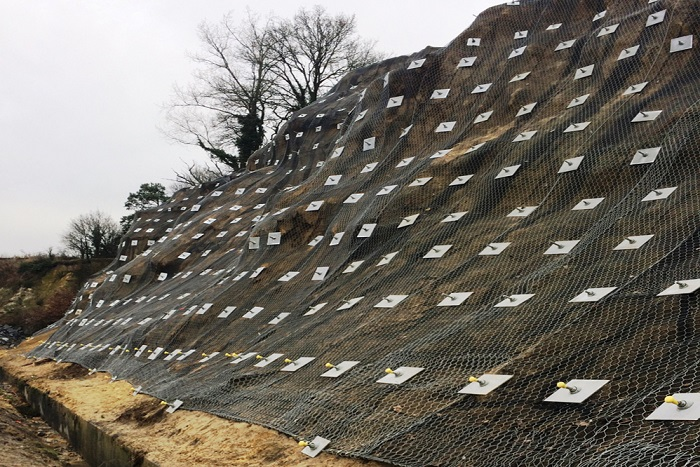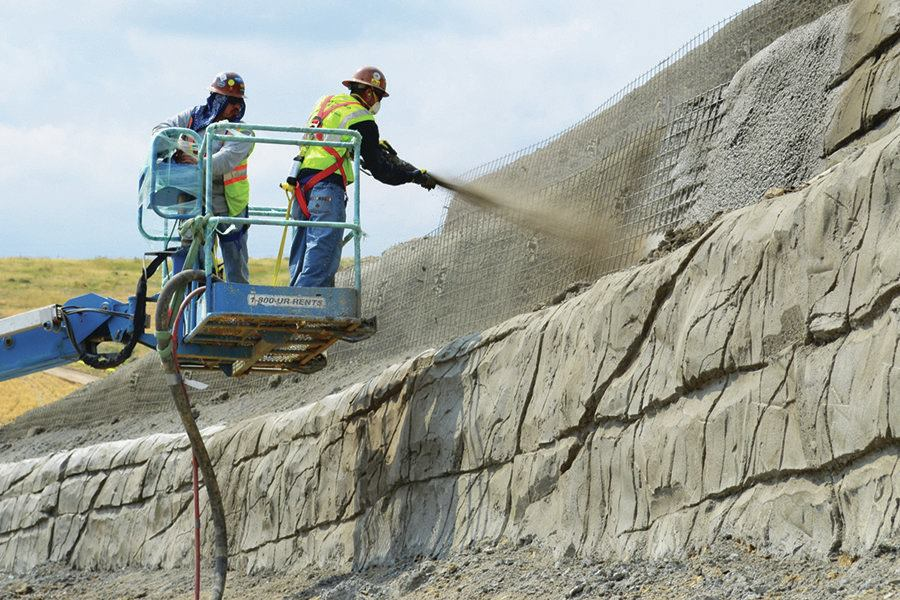Free Courses Sale ends Soon, Get It Now


Free Courses Sale ends Soon, Get It Now



Copyright infringement not intended
Picture Courtesy: https://www.designingbuildings.co.uk/wiki/Soil_nailing
Context: The Tamil Nadu State Highways Department in the Nilgiris is using soil nailing for strengthening and hydroseeding to promote vegetation development, providing an environmentally friendly approach to preventing landslides along important roadways.
Soil Nailing
The method involves the following steps:
|
Shotcrete is an all-inclusive term for spraying concrete or mortar with either a dry or wet mix process. |

Hydroseeding
The hydroseeding process includes:
Environmental and Community Impact
Conclusion
Source:
|
PRACTICE QUESTION Q. India's mountainous regions are crucial for development projects like hydropower and infrastructure. How can landslide risk assessment and mitigation be effectively integrated into the planning stages of such projects, considering the economic and social benefits they bring while minimising the risk to life and property? |
© 2024 iasgyan. All right reserved